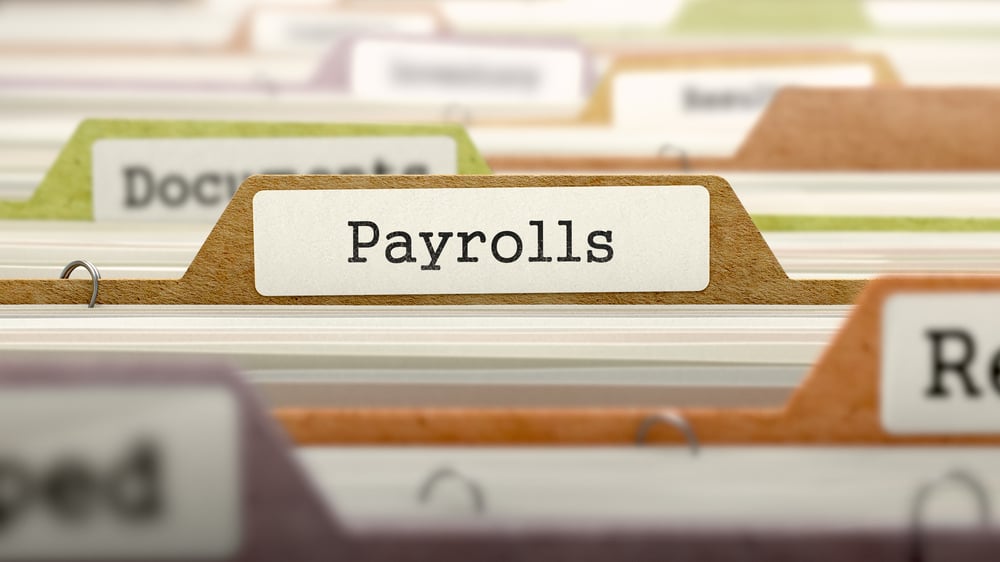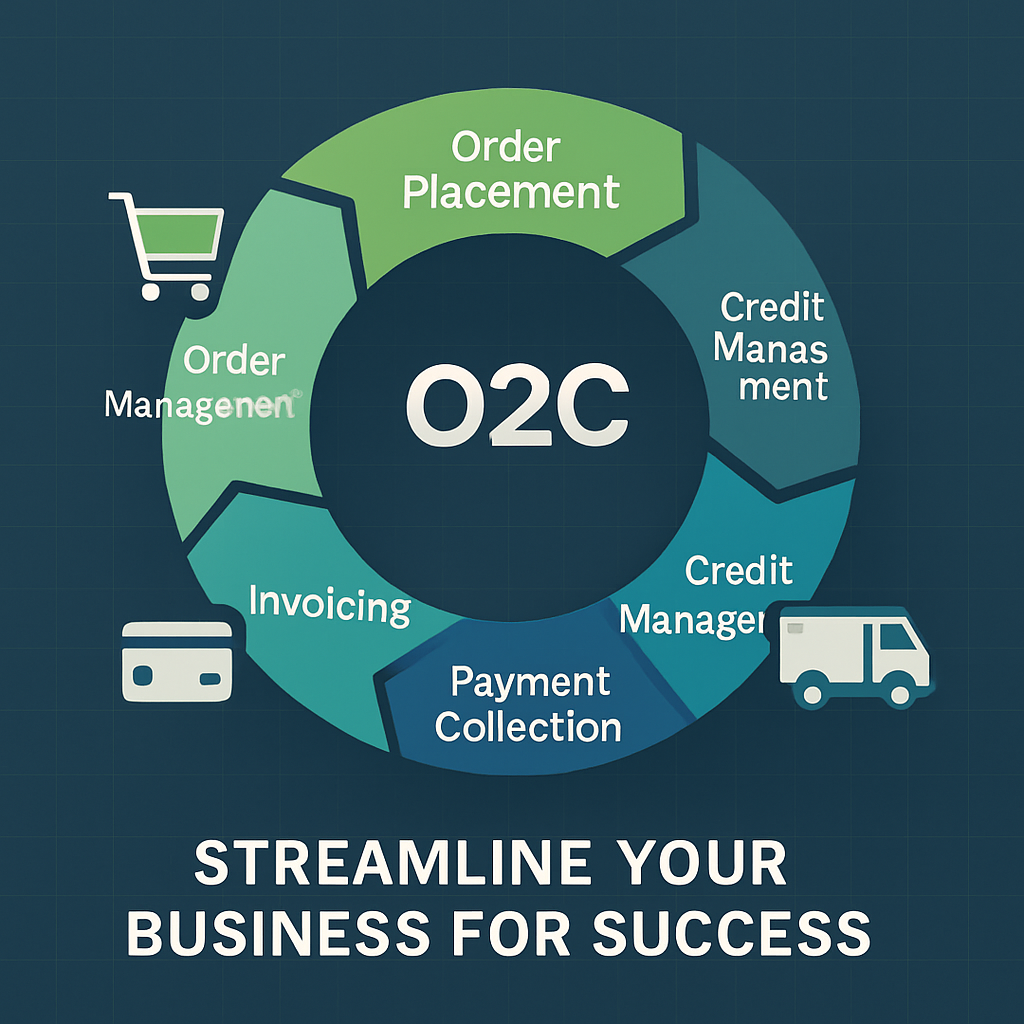What CFOs Need to Know About AI in Enterprise Performance Management
Enterprise Performance Management (EPM) Artificial intelligence (AI) is fundamentally reshaping enterprise performance management (EPM), giving CFOs...

To us it's simple...
"Do things the right way. For the right reasons. Good things will follow."
2 min read
![]() ProNexus Admin
:
Oct 27, 2025 7:30:00 AM
ProNexus Admin
:
Oct 27, 2025 7:30:00 AM

Think of individual items (assets, liabilities, expenses, income) as individual trees; the general ledger (GL) is the forest that ties them all together. It’s the central record every business relies on to see everything that’s happened financially.
From the days of leather-bound books to today’s cloud systems, the GL has evolved – but its role remains foundational: accurate records, meaningful insights, and reliable financial storytelling.
The general ledger is the accounting system’s master list. It logs your company (and any subsidiaries) assets, liabilities, equity, income and expenses.
It typically draws on data from sub-ledgers (more detailed records) and aggregates them so you can see the big picture. Without an accurate GL, everything downstream – reporting, audits, decision-making – becomes risky.
Reconciling between these two keeps your books clean and helps ensure nothing is missing or mismatched.
Here are the key ways a well-maintained general ledger adds value:
Here’s a breakdown of key components:
In the GL you’ll typically find:
Every entry uses the double-entry system: for each transaction, total debits = total credits. This structure ensures the accounting equation (Assets = Liabilities + Equity) holds.
The CoA is the backbone: it lists all your accounts (by category and often numeric codes) so that each transaction is posted correctly in the ledger.
For businesses striving for financial clarity, growth, and audit readiness, the general ledger is non-negotiable. It’s not just an accounting tool it’s your firm’s strategic compass for money-related decisions. A fully up-to-date, well structured, reconciled GL gives you the data you need when you need it – whether that means filling out a loan application, pitching investors, or making a critical business move.
.png?width=200&name=ProNexus_Square_Logo_-_Tagline_copy-removebg-preview%20(1).png)

Enterprise Performance Management (EPM) Artificial intelligence (AI) is fundamentally reshaping enterprise performance management (EPM), giving CFOs...

Quick Answer

Many successful companies know they can’t (and shouldn’t) do everything in-house. Whether it’s finance, IT, or back-office operations, outsourcing...

Even today, many AP departments are still stuck doing things the old way: paper invoices, manual data entry, email-approval chains and checks....

What is Payroll? Payroll isn’t just issuing paychecks – it includes everything from tracking employee hours, calculating taxes and benefits,...

Turning Orders into Revenue At its core, the order-to-cash (O2C or OTC) process captures everything from when a customer places an order to when...